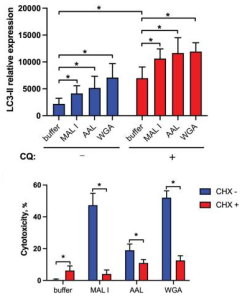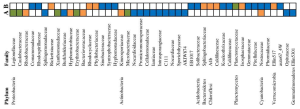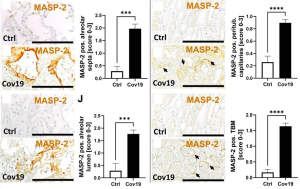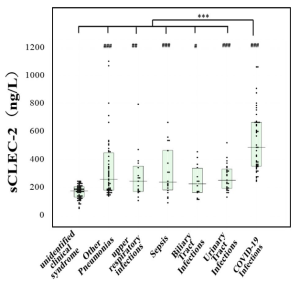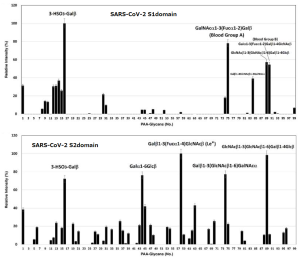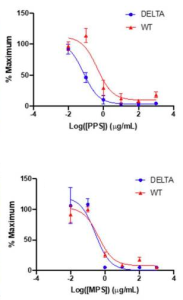Expression status of C-Type lectin receptor 5A (CLEC5A) on Monocyte-derived Macrophages and its functions
A group from Cancer Immunology & Immune Modulation, Boehringer Ingelheim Pharma GmbH & Co. KG, Germany, etc. has reported about expression status of C-Type lectin receptor 5A (CLEC5A) on Monocyte-derived Macrophages (MdM) and its functions.
https://www.ncbi.nlm.nih.gov/pmc/articles/PMC8896916/
CLEC5A also known as myeloid DAP12-associating lectin-1 (MDL-1) is a myeloid Syk-coupled pattern recognition receptor which preferentially binds to glycans highly expressed on the surface of pathogens. CLEC5A is mainly expressed on myeloid cells (monocytes, macrophages, neutrophils, and dendritic cells) and can be further upregulated by interferon-γ. The ligand for CLEC5A was identified as terminal fucose and mannose moieties of viral glycans, expressed by dengue virus, Japanese encephalitis virus or type A influenza virus. In addition, CLEC5A binds to disaccharides (N-acetylglucosamine and N-acetylmuramic acid) of bacterial cell walls (e.g., Listeria monocytogenes and Staphylococcus aureus). Functionally, the CLEC5A receptor activation triggered by dengue virus or by other pathogens induces the production of proinflammatory cytokines (TNF-α, IL-1, IL-6, IL-8, and IL-17A) and chemokines: macrophage inflammatory protein-1 alpha (MIP-1α/CCL3), interferon-gamma induced protein (IP-10/CXCL10), and macrophage-derived chemokine (CCL22/MDC) . It was also found that CLEC5A may recognize not only pathogen-associated antigens but also some endogenous danger signals and in consequence could contribute to the pathogenesis of the aseptic inflammation.
In this report, expression status of CLEAC5A on monocyte-derived macrophages and functional consequences of the selective activation of CLEC5A by α-CLEC5A Ab were discussed in aseptic conditions as well as their impact on the activation of autologous T cells.
Expression of CLEC5A on myeloid cells
Expression of CLEAC5A was compared among several MdM: proinflammatory M1, “neutral” M0, and protumorigenic M2c, and recently described in vitro tumor-associated macrophages (TAM). The CLEC5A expression was significantly elevated in proinflammatory M1 MdM as compared to monocytes and to other MdM subsets (M0 and M2c), while monocyte differentiation towards TAM resulted in a reduction of CLEC5A expression.
Functional effects of CLEC5A activation
In order to understand the functional effects of CLEC5A agonist under noninfectious conditions, the cytokine response in M0 MdM was evaluated. M0 MdM exposed to the α-CLEC5A Ab significantly upregulated the secretion of cytokines and chemokines such as TNF-α, IL-6, IL-10, IL-1b, CCL22/MDC, CCL17/TARC, and Matrix metalloproteinase (MMP1). Interestingly, the CLEC5A activation induced up-regulation of some myeloid cell-specific surface receptors, such as CD80, PD-L1, and CD206(MRC-1), and CD209(DC-SIGN).
Finally, the selective CLEC5A-mediated reprogramming of myeloid cells in aseptic conditions appeared insufficient to promote an autologous T cell activation.

